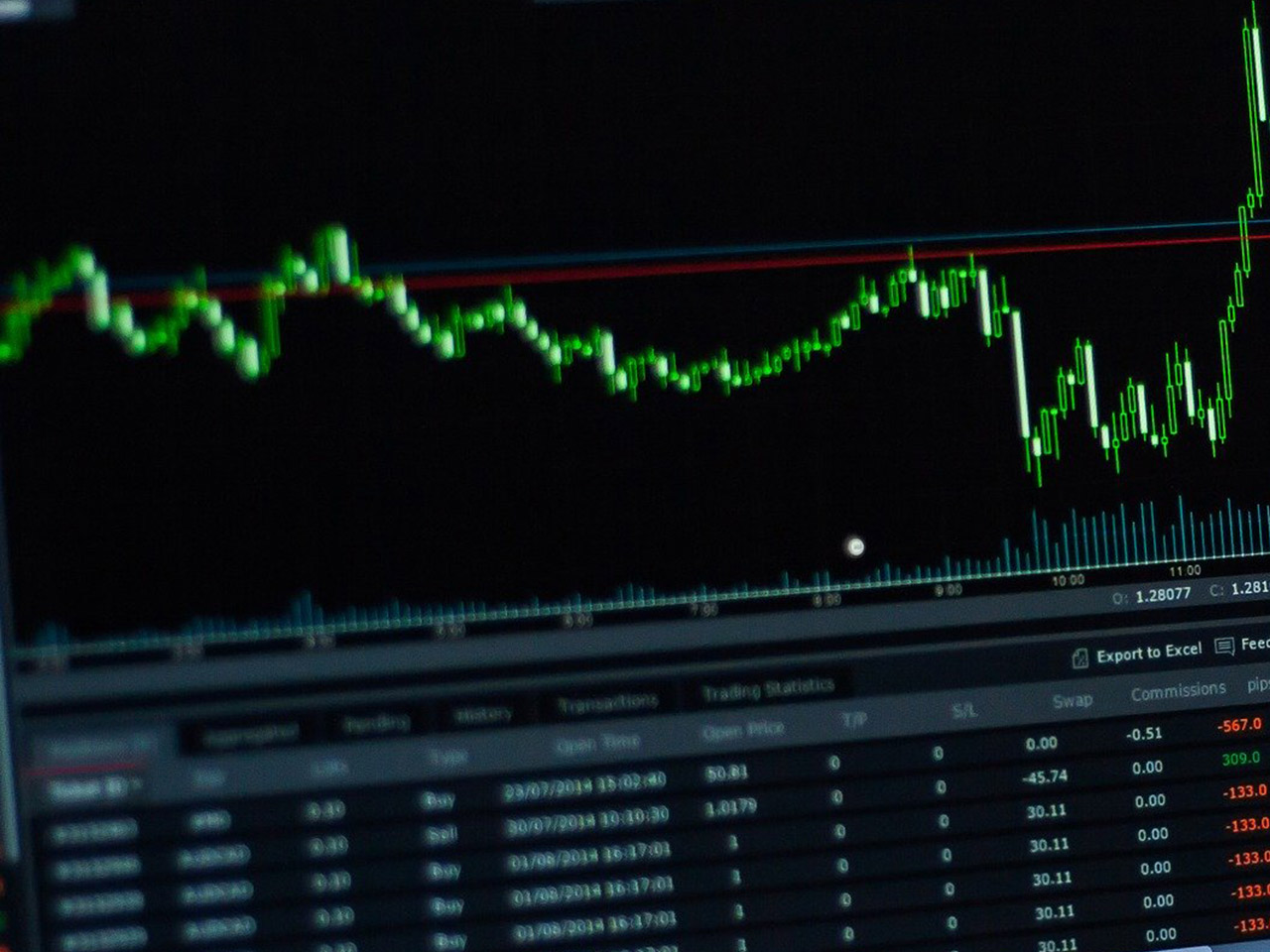Burberry Group PLC (BRBY.L) is a prominent player in the luxury goods industry, representing a storied British heritage with its high-end fashion offerings. With a market capitalization of $4.13 billion, Burberry continues to capture the imagination of investors and consumers alike. Despite current market challenges, the stock presents a potential upside of 12.81%, making it an intriguing prospect for investors looking for opportunities in the consumer cyclical sector.
Burberry, founded in 1856 and headquartered in London, operates through its Retail/Wholesale and Licensing segments. It spans various geographic markets, including the Asia Pacific, Europe, the Middle East, India, Africa, and the Americas. The company’s diverse product lines—ranging from accessories to clothing and beauty products—are marketed through multiple channels, including physical stores, digital commerce, and licensed third-party manufacturers.
The current price of Burberry’s stock stands at 1,145 GBp, with a slight decline of 5.50 GBp, remaining flat in percentage terms. Over the past 52 weeks, the stock has traded between 627.80 GBp and 1,371.50 GBp, showcasing considerable volatility. This fluctuation is reflected in its relative strength index (RSI) of 74.62, indicating that the stock is currently overbought.
Financially, Burberry has been navigating a challenging landscape. The company’s revenue growth has contracted by 5.00%, and it reported an earnings per share (EPS) of -0.07. Return on equity (ROE) is also in the negative territory at -3.09%, signaling difficulties in generating returns from shareholder equity. Nonetheless, Burberry maintains a robust free cash flow of approximately 450 million GBP, providing a cushion for operational flexibility and potential strategic investments.
The valuation metrics present a mixed picture. The forward P/E ratio is an astronomical 2,879.56, suggesting that the market may be factoring in future growth prospects or that earnings expectations might need recalibration. The absence of key metrics such as trailing P/E, PEG ratio, and price/book ratio highlights the uncertainty surrounding the stock’s current valuation.
On the dividend front, Burberry has opted for a cautious approach with a payout ratio of 0.00%, reflecting a focus on preserving cash amidst uncertain economic conditions. This decision might not appeal to income-focused investors but aligns with a strategy of reinvesting into the business for long-term growth.
Analyst sentiment on Burberry is relatively balanced with 8 buy ratings, 7 hold ratings, and 3 sell ratings. The target price range is broad, from 680.00 GBp to 1,575.00 GBp, with an average target price of 1,291.67 GBp. This range suggests a degree of optimism about Burberry’s potential to rebound and capitalize on its brand strength and strategic initiatives.
Technical indicators offer additional insights into the stock’s performance. The 50-day moving average sits at 1,193.55 GBp, slightly above the current price, while the 200-day moving average is 1,082.60 GBp. The MACD and signal line are both in negative territory, indicating bearish momentum. Investors should keep an eye on these technical signals as they consider timing their entry into or exit from the stock.
Overall, Burberry Group PLC presents a complex investment case. While its luxury brand appeal and market presence offer significant upside potential, caution is warranted given the current financial and market dynamics. Investors considering Burberry should weigh the potential for growth against the backdrop of current economic uncertainties and the company’s strategic responses to market challenges.







































